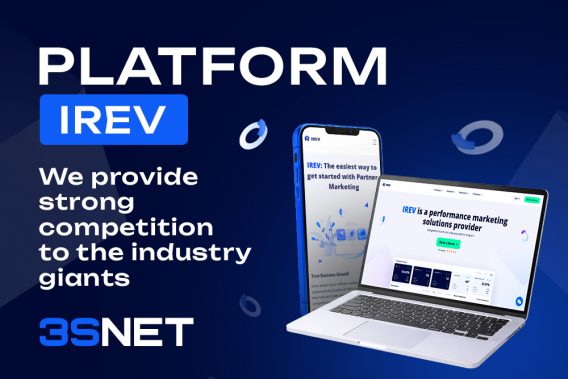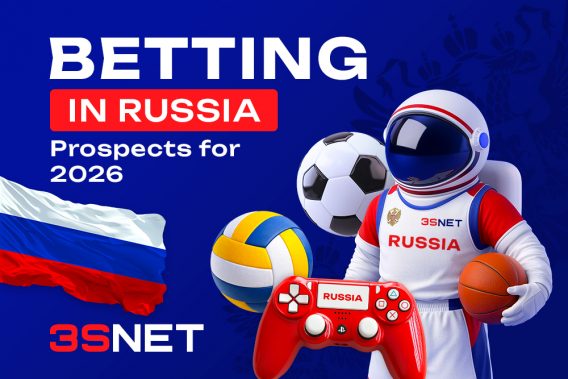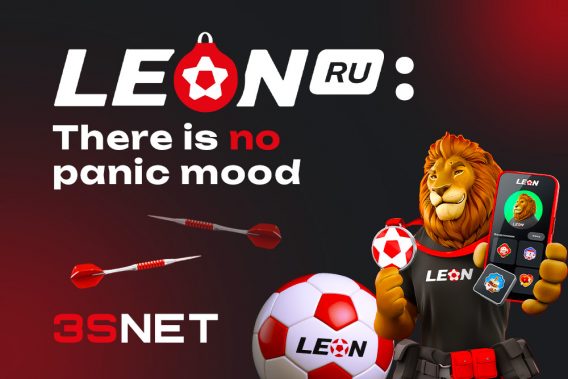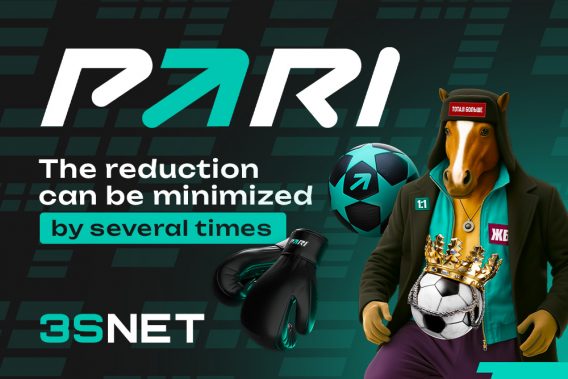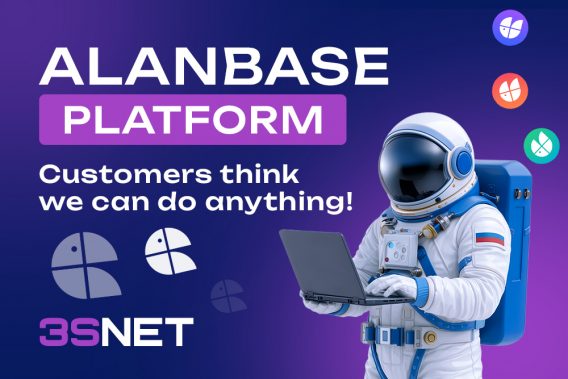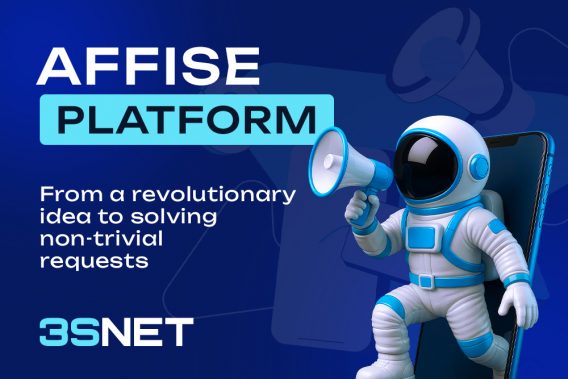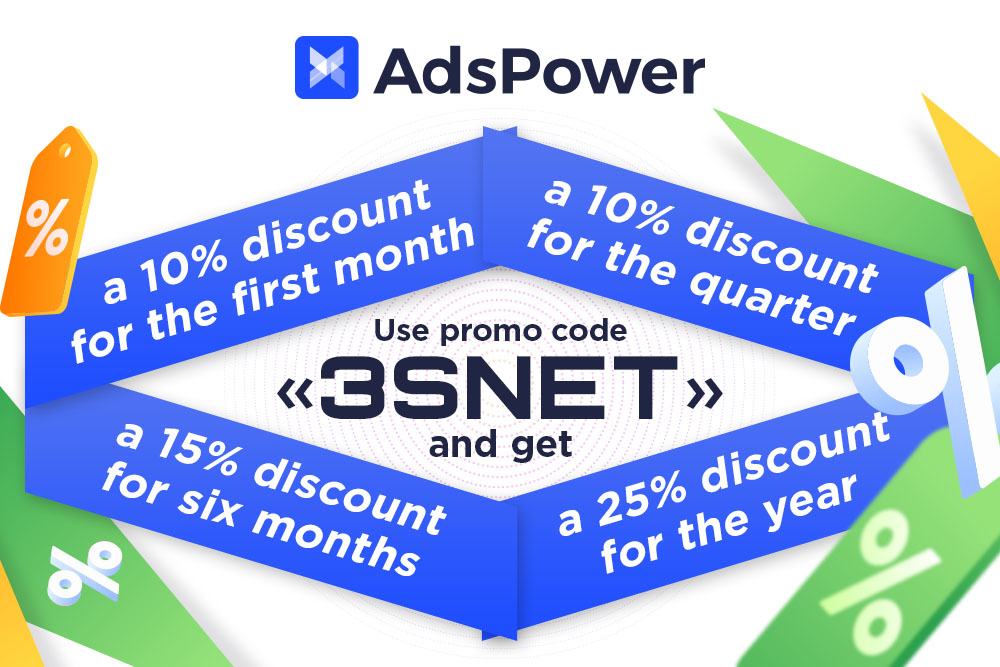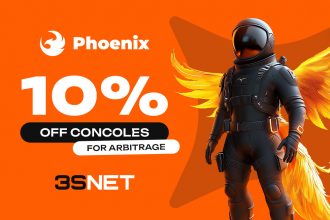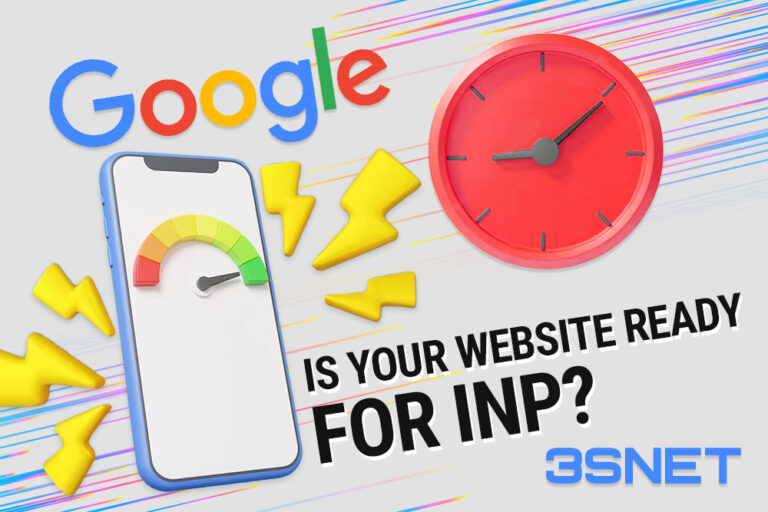
Publication date: 12 July 2023
From March 2024, Google will be using Interaction to Next Paint (INP), a new metric that reflects the response speed of websites.
What is Google’s Interaction to Next Paint?
Interaction to Next Paint (INP) is an expected baseline of web activity that estimates a site’s response speed based on data from the Event Synchronization API. INP tracks the latency of all user interactions with a page and reports a single value below which all (or nearly all) interactions were reported. A low INP means that the page has consistently responded quickly to all – or the vast majority – of user interactions.
To explain it simply, Google rates a page’s good responsiveness in terms of the speed of visual response to a user action. In other words, the user has taken an action on the site (added a product to the cart, opened a menu, navigated to a section, clicked a button) and should receive confirmation that his/her action is happening or has been completed. If the user does not receive such visual confirmation, he/she thinks that the page is not responsive and performs new or repeated actions.
- The types of interactions considered for INP are: mouse click, tap (if a touchscreen device), and key presses on either a physical or on-screen keyboard.
INP is calculated when the user leaves the page, resulting in a single value that reflects the overall page response throughout the page’s lifecycle.
Consequently, the main purpose of INP is to ensure that the time from the moment a user initiates an interaction until the next frame is displayed should be as short as possible for all or most of the interactions a user makes.
What is good INP metric?
Good responsiveness refers to the fact that a page responds quickly to interactions with it, meaning the site is user-friendly.
- “Good site responsiveness” means that the Interaction to Next Paint score is 200 milliseconds or lower.
- “Site responsiveness needs improvement” is 200 milliseconds to 500 milliseconds
- “Site responsiveness is poor” is 500 milliseconds or higher.
How to prepare for the switch to Interaction to Next Paint?
INP will be used instead of the FID (First Input Delay) from the Core Web Vitals family. Google experts are already advising site owners to keep an eye on the indicators of Core Web Vitals. Doing so will ensure success with “Search” and generally improves the usability of the page. “All page interaction metrics reflect which pages are encouraged by our core ranking systems,” the Internet corporation specified.
A selection of INP Optimization Guides are available to site owners and developers to help with the process of identifying slow interactions in the field and using lab data to drill down and optimize them in a variety of ways.
Share it with your friends via favorite social media





